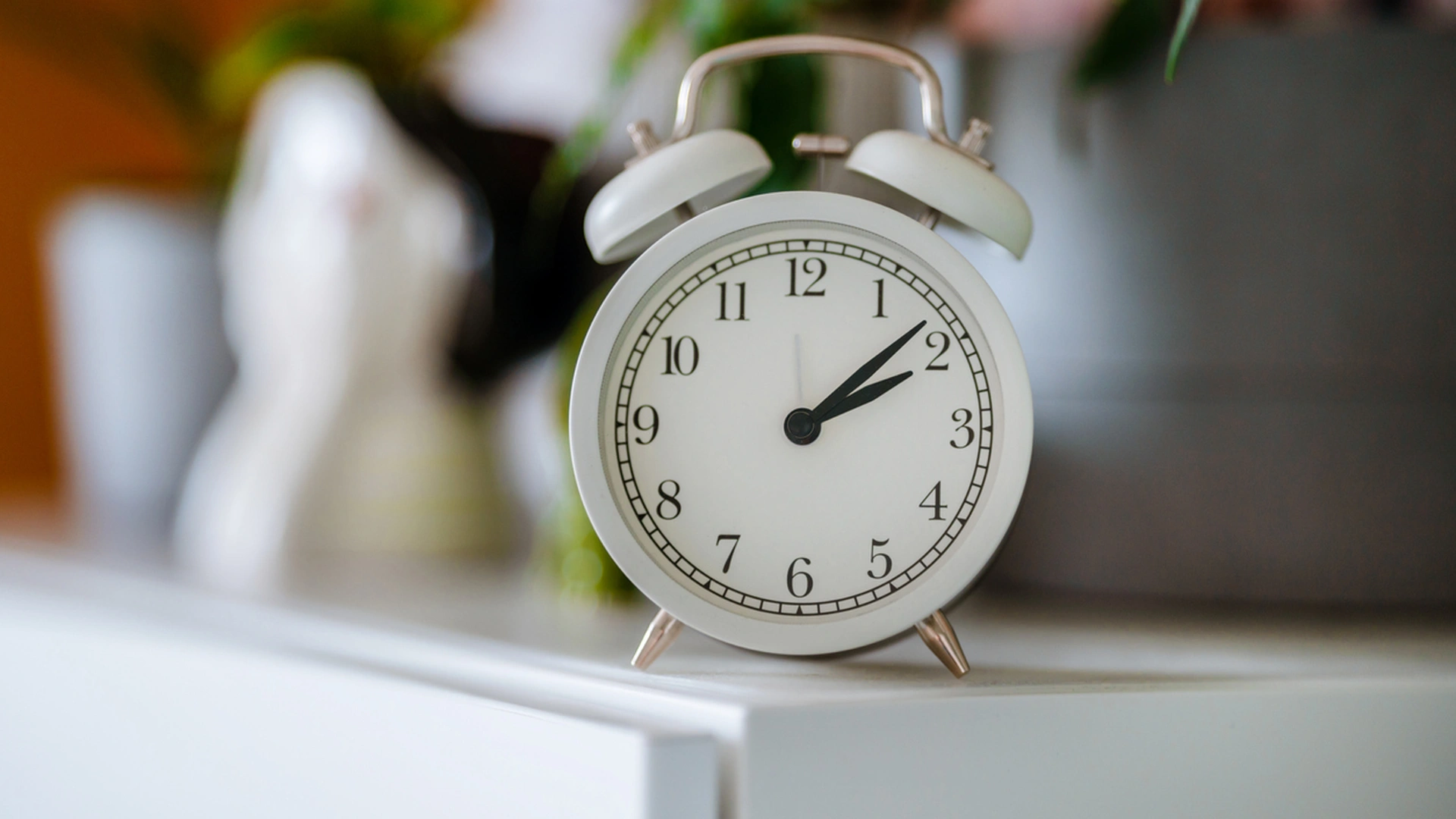

The menstrual cycle is the time from the first day of one period to the first day of the next.
Understanding its phases and the changes in each stage helps identify abnormalities and care for reproductive health. In this article, we explore the menstrual calendar, the duration of each phase, and factors that can influence the cycle.
In every cycle, the endometrium prepares for possible embryo implantation. If implantation does not occur, the endometrium sheds, starting a new cycle and preparing the uterus for a future pregnancy.
During this time, a woman experiences changes in her body—especially in the uterus and ovaries—driven by female sex hormones (FSH, LH, estradiol, and progesterone) that prepare the body for a potential pregnancy.
In this article, we explain each phase of the menstrual cycle and how long a cycle lasts.
What is the menstrual cycle?
The menstrual cycle refers to the hormonal changes a woman’s body undergoes to prepare for a possible pregnancy. Each cycle begins on the first day of bleeding (menstruation) and ends just before the next period. Although a 28-day cycle is often cited, a range of 21–35 days is considered normal and not a health concern.
What are the phases of the menstrual cycle?
Throughout each cycle, the pituitary gland releases hormonal signals that act on the internal reproductive organs—the ovaries and uterus—with the ultimate goal of ovulation and potential conception.
At the start of the cycle, sex hormones are at baseline levels. From there, five menstrual periods within a cycle can be distinguished based on hormone levels and physiological events:
- Menstruation.
- Follicular / proliferative phase
- Ovulatory phase
- Luteal / secretory phase
- Ischemic phase and the start of a new cycle
Across a woman’s menstrual cycle, there are windows of fertile days and infertile days.
1st stage: Menstruation
-
Uterine bleeding occurs as the secondary endometrium is shed because no pregnancy or implantation took place in the previous cycle.
-
Bleeding lasts about 2–7 days.
-
Estrogen and progesterone levels are low.
2nd stage: Follicular / Proliferative phase
-
This phase spans from menstruation to ovulation.
-
Duration: ~10–12 days.
-
The pituitary releases follicle-stimulating hormone (FSH), prompting several ovarian follicles to grow, each containing an oocyte. Usually, one becomes the dominant follicle and will release the egg for that cycle.
-
These follicles produce estradiol, which acts on the uterus: the endometrium begins to thicken.
3rd stage: Ovulatory phase
-
When estrogen levels are sufficiently high, the pituitary triggers a surge of luteinizing hormone (LH).
-
This LH surge causes the egg to be released from the ovary into the fallopian tube, roughly mid-cycle (around day 14).
-
The egg then awaits fertilization. If no sperm fertilizes it within the next ~24 hours, it ages and can no longer be fertilized.
4th stage: Luteal / Secretory phase
-
This phase runs from ovulation to the next menstruation.
-
Duration: ~9–16 days (average ~14 days).
-
The egg travels through the fallopian tube awaiting fertilization (average viability 24–48 hours).
-
After releasing the egg, the dominant follicle becomes the corpus luteum, which progressively produces progesterone.
-
Progesterone induces changes in the endometrium to support a potential pregnancy; if pregnancy does not occur, the lining breaks down for menstruation.
-
If fertilization does not happen, the corpus luteum regresses about 9–11 days after ovulation, leading to falling estrogen and progesterone levels and the onset of the next period.
5th stage: Ischemic phase & start of a new cycle
-
Declining estrogen and progesterone cause the endometrium to break down and be expelled through the vagina—menstruation.
-
Day 1 of menstrual bleeding is Day 1 of the next cycle; from here, sex hormones rise again and a new wave of follicular growth begins.
Duration and variations of the menstrual cycle
-
Typical length: Most cycles last 21–35 days.
-
Variability: Stress, sudden weight changes, hormonal imbalances, or health issues can affect regularity and length.
-
Across the lifespan: Irregularities are more common in adolescence and perimenopause due to natural hormonal changes.
A cycle is considered irregular when intervals are consistently <21 days or >35 days.
Factors that can alter the menstrual cycle
-
Stress & mental health: Chronic stress can disrupt hormone release.
-
Diet & weight: Very low or high BMI can disturb the cycle.
-
Health conditions: PCOS, thyroid disorders, and others can affect regularity.
-
Hormonal contraceptives: May modify the length and symptoms of each phase.
Menstrual calendar & tracking tips
Using a menstrual calendar or tracking app can help you:
-
Pinpoint ovulation more accurately.
-
Predict the next period and anticipate symptoms.
-
Detect irregularities such as delays or unusual bleeding.
-
Share clear information with your gynecologist if you need advice.
Frequently Asked Questions (FAQ)
How long does a normal menstrual cycle last?
Typically 21–35 days. Every woman is different, so your “normal” may vary.
What if my cycles are shorter or longer than usual?
Possible causes include stress or hormonal imbalances. If it persists or comes with bothersome symptoms, see your doctor.
Can you get pregnant during menstruation?
It’s uncommon but not impossible. It depends on cycle length and irregularity.
How can I pinpoint ovulation accurately?
Track cervical mucus changes, measure basal body temperature, and consider ovulation predictor kits.
What if my periods are very painful or heavy?
Consult a specialist. It may signal conditions like endometriosis, fibroids, or hormonal disorders.
Book a free consultationDo you have any questions or need more information?
At Fertility Madrid, we specialise in treatments such as egg donation, in vitro fertilisation and artificial insemination, among others.
Please do not hesitate to contact our professionals at our fertility clinic and they will answer all your questions without obligation.

Óscar Oviedo
Director Médico




